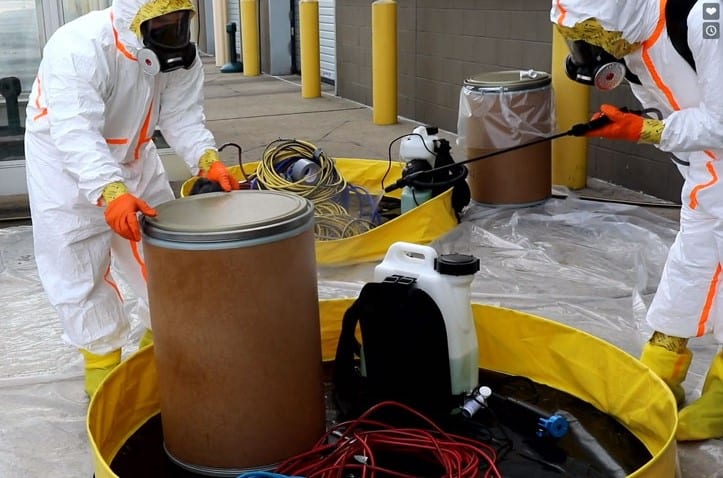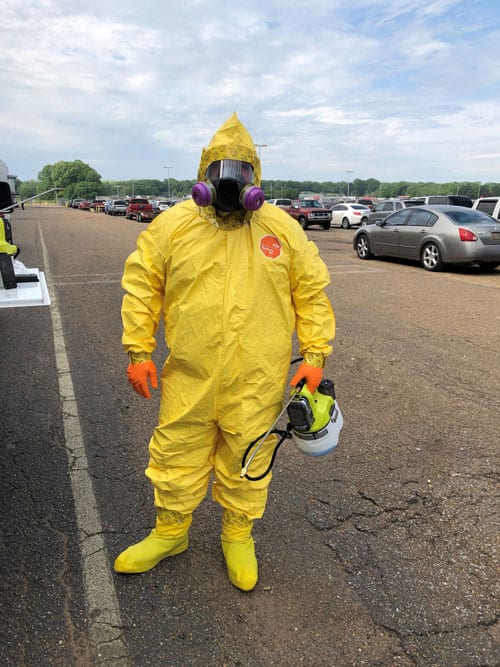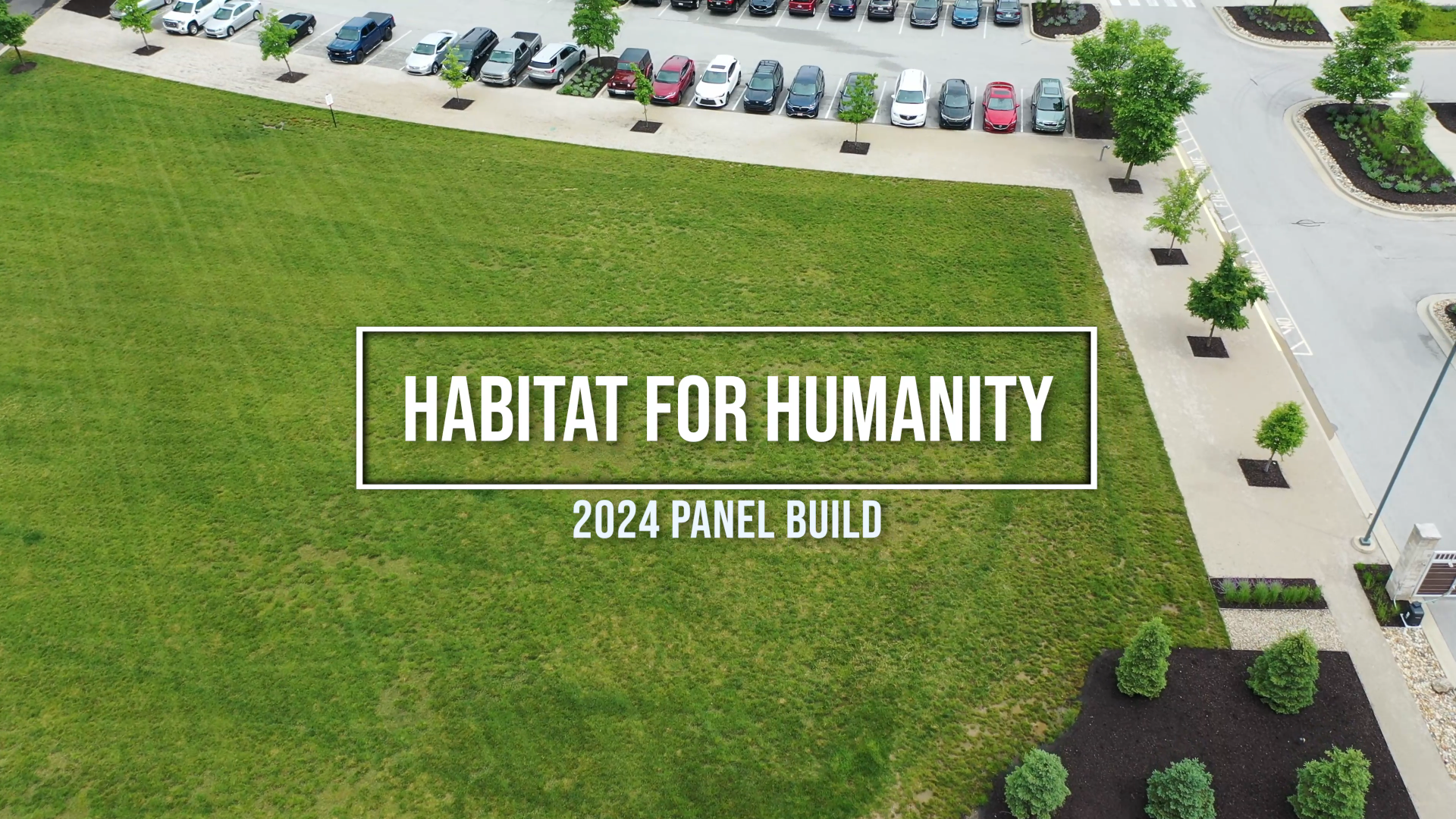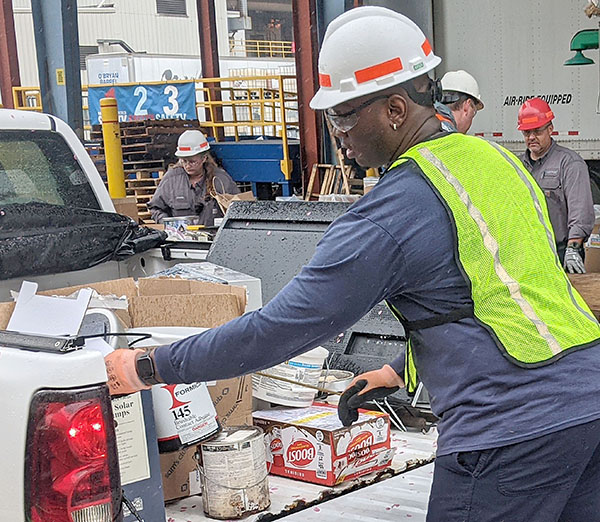Business continuity – it’s a frequent term being discussed right now, as many businesses have switched to telecommuting, cut hours, or shut down completely. But what exactly does it mean? Heritage COO Ernie Walker defines business continuity as “Maintaining your business operations during unforeseen events. For this, businesses perform enterprise risk planning exercises reviewing their key business processes and prepare detailed plans that outline the framework for continuing operations.” It’s likely even companies who had a business continuity plan in place didn’t foresee the unprecedented events that have transpired over the last few months due to COVID-19. Companies with online telecommuting resources in place experienced a smoother transition to working from home than those who didn’t, but manufacturing, energy, and other essential businesses must continue to operate in place. Whether they need immediate support due to a potential coronavirus contamination, or are preparing for when employees return to work, they must ensure their spaces are safe for operation. In Ernie’s words, “Our role as an essential provider of services to numerous essential industries providing infrastructure globally allows these industries to maintain production while staying in compliance. Additionally, certain subsets of our operations like Emergency Response allows our customers to quickly resume production of services should an unforeseen incident happen.” While we continue to provide our core services of transporting, treating, and disposing of hazardous and non-hazardous waste, our emergency response teams, led by VP Angie Martin, have been doing our part to slow the spread of the virus by disinfecting businesses and operations in many industries at the local and national level – from airlines and manufacturing facilities to office spaces, schools and universities. Angie says, “Our employees never disappoint. When we have to adjust for a new challenge, they rise to it and excel. Our COVID-19 response is no different.” Some businesses schedule a disinfection due to an employee testing positive for the virus, and others choose to do so as a precautionary measure, as an individual can have the virus for up to 2 weeks without showing symptoms, and some never show symptoms at all. Our disinfection protocols have been developed using EPA and CDC guidelines, from the disinfectants used to the operating procedures we follow. Our emergency response teams wear coated, chemical-resistant hooded suits with taped or bonded seams, nitrile gloves, chemical booties, and full-face respirators. The chemicals used to disinfect are on EPA’s List N: Disinfectants for Use Against SARS-CoV-2. All products on this list meet EPA’s criteria for use against SARS-CoV-2, the virus that causes COVID-19. At a site, we establish a perimeter and buffer area, with signs posted around the designated area to prevent any unauthorized personnel from entering. A single point of entry is established whenever possible to further enhance security. We review floor plans and any special requirements with each customer before starting work to ensure every corner, crack and crevice are disinfected. Depending on the surface, we utilize three methods of disinfection: 1. Hand wiping high touch areas, like desks, keyboards, phones, door handles, microwaves, vending machines, timeclocks and machinery controls. 2. Spraying high traffic areas, such as locker rooms, break rooms, and cafeterias. 3. Hydrostatic fogging in open spaces such as hallways, auditoriums, and production floors. Outside the designated area, a decontamination area is set up where exiting team members will be sprayed with disinfectant, and the disinfected PPE is then placed into a container, which is sealed and disinfected as well, before being sent off site for safe and compliant destruction. The duration of each disinfection varies depending on the size and type of the facility, as well as their unique onsite needs. Some customers may also pursue routine or ongoing disinfection services on a weekly or bi-weekly basis. Disinfection is a key step in returning to normal operations, whether the goal is to keep doors open or get back to operations as soon as possible. VP Angie Martin says it’s about more than just employee safety, “Owners and managers can get peace of mind that they’re being proactive in protecting not only their employees’ health, but their livelihood as well.”
More News From Heritage
-
6/27/24
Heritage Environmental Services to Acquire EBV from General Dynamics
Heritage Environmental Servicess, an EQT Infrastructure portfolio company, will acquire EBV from General Dynamics
-
6/13/24
Meet The Facilities – East Liverpool
An inside look at our incineration facility located in East Liverpool, OH
-
5/24/24
Habitat for Humanity 2024
Heritage hosted our 14th annual Habitat for Humanity build this month, partnering with over 50 employees from various THG companies.
-
5/6/24
Date set for the household hazardous waste collection in East Liverpool, Ohio
-
3/12/24
Equal Pay Day – Spotlighting Our Female Drivers
-
3/8/24
International Women’s Week Spotlight – Shannon Dippel
For International Women's Week, we're spotlighting some of the incredible women in the Heritage family. Our final spotlight is Shannon Dippel.
-
3/8/24
International Women’s Week Spotlight – Susan Adams
For International Women's Week, we're spotlighting some of the incredible women in the Heritage family. Our sixth spotlight is Susan Adams.
-
3/7/24
International Women’s Week Spotlight – Lea Wilson
For International Women's Week, we're spotlighting some of the incredible women in the Heritage family. Our fifth spotlight is Lea Wilson










